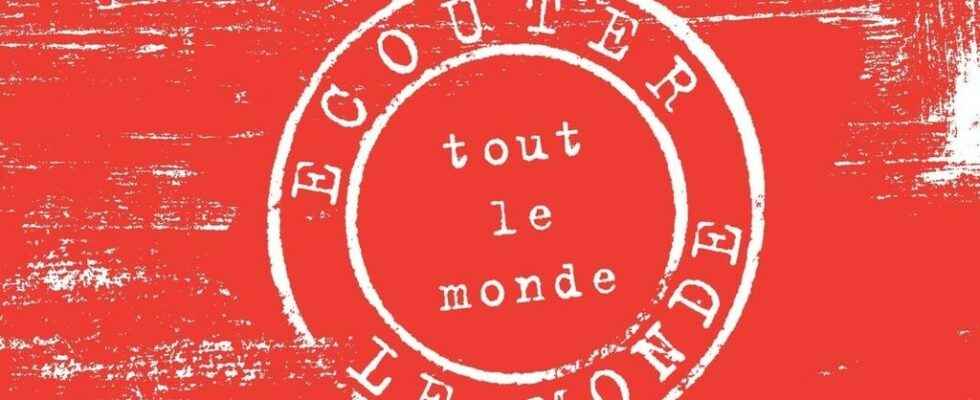The series “Sons migrants” presents four sound and visual postcards broadcast on RFI, in podcast on this page and exhibited at the Center de la Vieille Charité in Marseille as part of the exhibition “Objects migrants”, from April 7 until in October 2022.
Invited by the philosopher, philologist and academician Barbara Cassin, curator of the exhibition “Migratory Objects” and echoing her words, Monica Fantini offers the series “Migratory Sounds”.
Produced as part of sound creation workshops led by Monica Fantini in March 2022, in collaboration with the International Poetry Center Marseille, the Old Port College and Fictional Places », an audiovisual production structure at the Marseille Penitentiary Centre, the series features four sound postcards illustrated by students from the Estienne School of Graphic Arts in Paris. Broadcast on the radio, in podcasts and in museums, the postcards are also printed on paper, equipped with a QR code and presented at the exhibition “Objects migrants”, at the Center de la Vieille Charité in Marseille from April to October. 2022. Each visitor will be able to take one free of charge, when purchasing the ticket.
The “Sons migrants” series: postcards broadcast on the radio and in museums
“Sounds are memories”, said Apollinaire. Where do our sound memories nest and what do they say about our histories, our exiles and our migrations? What do we perceive of others through listening to the sounds of their daily life? Lost or unknown, sounds trace our wanderings and mark our imaginations. The series “Sons migrants” is made up of sounds and poems from around the world, as well as collective reflections by inhabitants of Marseille on the meaning of the word “migration”.
Migratory sounds – “The wind that dances with the sea”the first episode of the series is to be discovered on the airwaves of RFI, in podcast here and at the Center de la Vieille Charité in Marseille, from April 7.
The “Migratory Objects” exhibition, by Barbara Cassin
We are more and more interested in objects as in living beings, each of which has a biography. Nothing less immobile than an object: migrating objects have always existed, whether they be men, gods, ideas, languages, music, cuisines or viruses. Today where, particularly in the Mediterranean, the reception of those who are called “migrants” is the order of the day, the exhibition shows how migratory objects serve to constitute this civilization that we call ours, to disseminate it and develop it. It is held in a remarkable place: the Vieille Charité de Marseille, in the heart of the Panier and mixed district in Marseille, one of the most cosmopolitan cities in the Mediterranean.
One of the originalities of the exhibition is to create a dialogue between the ancient and the contemporary, between the most precious works of art and everyday objects. Thus, we will see side by side in the chapel a section presenting Ulysses on his raft made of two amphorae, and an eco-boat made of plastic bottles… It is a question of taking stock of the types of transformations due to migrations. What is a hybridization, a syncretism, a crossbreeding – with a Vajrapani-Heracles of Gandhara, or a Marx who shelters the Hindu people in his beard? And an appropriation, an inspiration – with an octopus motif on a dress by Fortuny, or a Bété mask for Picasso. The modes of reinvestment of the object call into play the ideas of center and periphery, of original and copy, of the same and of the other. The exhibition ends by deploying, also with the help of contemporary installations, the question of objects at rest in museums − objects of curiosity, science, art, heritage objects −, and that, very current, checked in objects and shared objects. Artistic and political, it culminates in a participatory room that presents open works. It requires thinking about what a museum and a museum object are today. What do you think of what you see?
